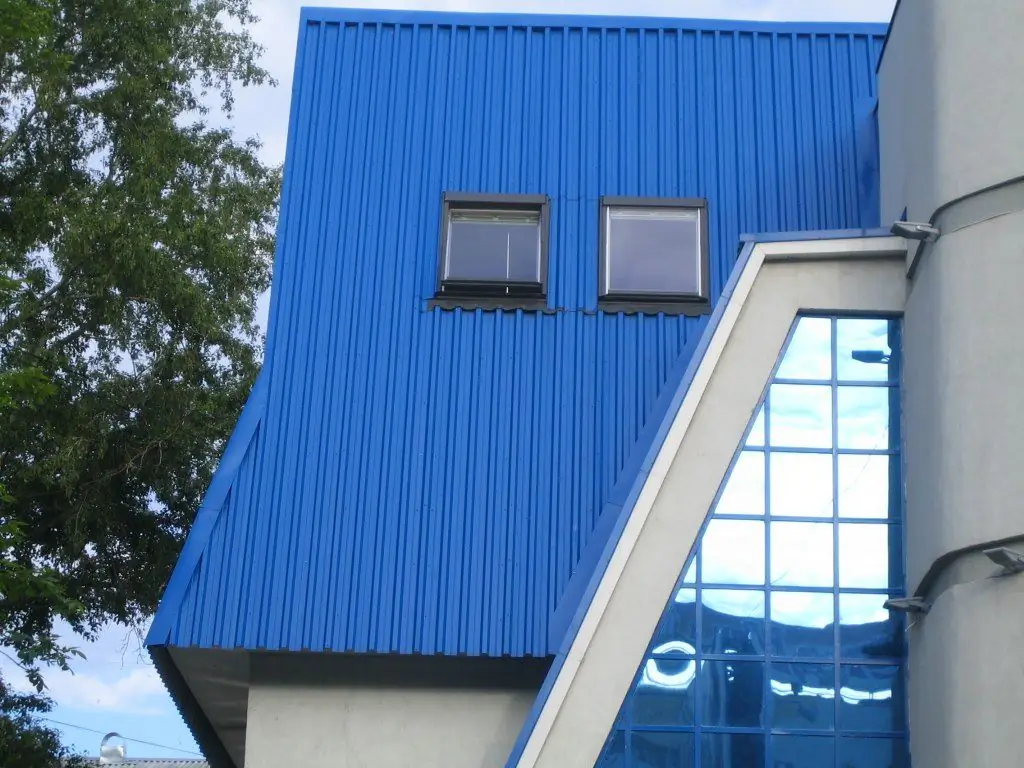
Table of contents:
- Author Bailey Albertson [email protected].
- Public 2024-01-17 22:26.
- Last modified 2025-01-23 12:41.
How to choose the best decking for the roof of a house

Profiled metal sheets are in demand in the construction industry and are actively used to create a roof. The material is presented in different versions, which requires the right choice, taking into account climatic conditions, type of roof and other factors.
Content
-
1 The correct choice of corrugated board for the roof of the house
1.1 Types of corrugated board and their features
-
2 Description and characteristics of grades of corrugated board for roofing
- 2.1 Marking features
- 2.2 Video: features of the choice of corrugated board
-
3 Coating options
- 3.1 Zinc
- 3.2 Polymeric
- 3.3 Reviews
- 3.4 Photo gallery: options for roofs covered with corrugated board
The right choice of corrugated board for the roof of the house
Decking is a metal embossed sheets with a colored polymer coating that protects the metal from corrosion and extends its service life. Despite the apparent simplicity of the structure, the corrugated board is presented in different versions, and all brands differ from each other in characteristics, purpose and other properties. Therefore, when choosing, they are guided by several criteria and features of the grades of profiled sheets.

Decking provides good roof protection
Types of corrugated board and their features
Roofing requires the use of high-quality materials, since the roof is always exposed to climatic factors and must be durable. Three main types of material meet these requirements:
-
galvanized sheets without a colored polymer coating, which are inexpensive and are often used to equip the roofs of utility rooms;

Galvanized corrugated sheet Galvanized sheets are convenient for arranging the roofs of auxiliary buildings
-
wall (C) or bearing (H) material with a polymer protective coating is suitable for roofs of residential buildings;

An example of colored corrugated board Polymer coating protects metal from corrosion
-
roofing sheets can be bent, rolled or with textured embossing and differ in appearance, profile shape.

Roofing sheeting option Roofing sheets can be of any color
All variants are made from coiled steel, and the embossed surface is created by cold forming. At the same time, the technical characteristics of the sheets depend on the steel thickness, configuration and profile depth. High-quality corrugated board for the roof of the house must meet the following indicators:
- profile height from 20 mm;
- the presence of a capillary groove for improved moisture removal (the supporting corrugated board has a groove, and there is no capillary outlet on the facade material);
- the polymer coating should not have scratches, different thicknesses and other defects;
- there should be no dents or deformed areas on the sheets of material;
- it is best if the length of the sheet matches the length of the slope, which avoids unnecessary overlaps.
Description and characteristics of grades of corrugated board for roofing
The main types of corrugated board for creating roofing differ in the distance between the ridges and the thickness of the metal. The lower the first and higher the second indicator, the stronger and more durable the metal sheets. This also affects the bearing capacity of the material, since snow, rain and wind have a significant effect on the roof.

The corrugated board protects the roof well from climatic factors
The demanded brands of metal sheets for the roof of the house have the following characteristics:
-
the material of the S-21 brand is characterized by high rigidity, and its installation is carried out on a crate with a step of 90 cm. It can be with a polymer coating or unpainted. The useful width of standard sheets is 1000 mm, and the length can be in the range from 1 to 12 m. The profile of this brand is made in the form of a trapezoid and has a height of 21 mm, the thickness of steel is from 0.4 to 0.8 mm. The weight of 1 m 2 can be from 4.45 to 8.4 kg, respectively, the minimum and maximum thickness;

S-21 corrugated board parameters S-21 corrugated board is universal and is used for both roofing and facades
-
The RN-20 has analogs under the C17 and MP20 markings, which have practically equal characteristics. Sheets can be galvanized or color-coated. During installation, the lathing step of up to 0.8 m is observed. The height of the trapezoidal corrugation is 20 mm, and the sheets are produced up to 12 m long, 1100 mm wide;

Parameters of professional flooring MP20 The parameters of the MP20 brand corrugated board allow the use of this material for the roof
-
grade S-44 has additional stiffening ribs, is made of steel with a thickness of 0.5-0.9 mm, the height of the corrugation is 44 mm, the useful width is 1000 mm, and the length of the sheet can be from 0.5 to 12 m. wall type, can be galvanized or painted with a polymer compound for corrosion protection;

Dimensions of corrugated board S-44 44 mm sheet profile provides hardness of the coating
-
NS-35 material belongs to the universal type of corrugated board, has a corrugation 35 mm high, useful width 1000 mm. The thickness of the steel is between 0.4 and 0.8 mm. Sheets can be zinc or polymer coated. The material has a trapezoidal profile, which is optimal for roofs with any slope.

Option of professional flooring NS-35 Capillary channel improves moisture removal from the roof
Features of marking
All types of profiled sheets have specific markings that allow consumers to easily navigate when choosing among a variety of sheet options. The marking indicates all the main parameters and characteristics of the material, making it very easy to understand for what purposes the sheet is intended. This is determined using the letters that the marking contains. There are several basic classification options:
- "N" - the bearing type of corrugated board, which is the most durable of all options. The material with this marking has an additional groove along the profile, which increases the rigidity of the sheets. Elements marked "H" have the highest profile height, significant steel thickness.
- "C" denotes a wall type of material used for cladding facades, creating lightweight buildings. The wave height can be from 10 to 44 mm, which is significantly lower than for roofing material. Sheets "C" are made of steel with a thickness of up to 0.7 mm, therefore they are not suitable for roofs subject to significant loads.
- "NS" - material with average parameters between the two above options. Universal sheets are suitable for roofing, fences, lightweight structures. The polymer coating enhances the strength and rigidity of the structure.
- "MP" is also a universal option used for roofs, sandwich panels, partitions, etc. The sheets are presented in a galvanized version and with a polymer coating. For roofs with any type of slopes, products marked "MP-R" are most suitable.
Video: features of the choice of corrugated board
Coating options
In addition to steel thickness, corrugation height and other parameters, the type of external coating must be taken into account when choosing. There are two main options: galvanized and painted sheets.
Zinc
In the first case, a protective zinc layer is applied to the steel sheet, which provides basic metal protection. This option is less durable than painted, but more affordable. It is suitable for temporary structures, household buildings, built in any climatic conditions.

Galvanized sheets have a silvery surface and do not heat up in the sun
Polymeric
Polymer coating is the best means of protecting metal against corrosion. Such a layer is presented in several versions, differing in durability, resistance to climatic factors, strength, and appearance. The main types of polymer coating are presented in the following options:
- polyester (PE) can be glossy or matt, and the layer thickness is 20 µm and 35 µm, respectively. The material can be operated at temperatures ranging from -30 ° to +85 ° C and has a service life of about 10 years;
- Pural is applied to steel sheets with a layer of 50 microns. Abrasion resistant, service life about 15 years. This protective layer is characterized by resistance to precipitation. It is optimal for warm regions without sudden temperature changes;
- plastisol (PVC) is applied in a layer of 200 microns, which gives the corrugated board high strength, resistance to ultraviolet radiation. Service life is about 25 years. Sheets with this coating are more expensive than those with polyester or pural protection. The coating is suitable for regions with a temperate climate, marshlands;
- polydifluorionad (PVF2) is designed for operation in the harsh climate of the North or Siberia, with sharp temperature changes and significant snow load on the roof. The coating has the highest possible strength and provides the material with a service life of over 30 years.
Reviews
Photo gallery: options for roofs covered with corrugated board
-

Residential building roof made of green corrugated board - During installation, the covering made of corrugated board is supplemented with the necessary components
-

Garage roof made of painted profiled sheet - Painted corrugated board is suitable for garage and other ancillary structures
-

Finishing pipes with corrugated board - Finishing the chimney pipe with corrugated board is a practical solution
-

Simple galvanized profiled sheet on the annex - Galvanized sheets can be used to sheathe the roof of the extension to the house
-

Sauna with a roof made of profiled sheets - Painted corrugated board of any type is also used for the roof of the bath
-

Corrugated roof for a small garage - A garage with a profiled sheet roof is quick to install and is stable
-

Roof of complex shape made of corrugated board - Sheets of corrugated board are convenient for sheathing of complex roof structures
Profiled sheets are varied in characteristics, so you can easily choose the right option for any region, type of building and roof shape. In this case, it is worth considering the service life, as well as the quality of the material.
Recommended:
DIY Fence Made Of Corrugated Board, Installation Of A Fence Made Of Corrugated Board
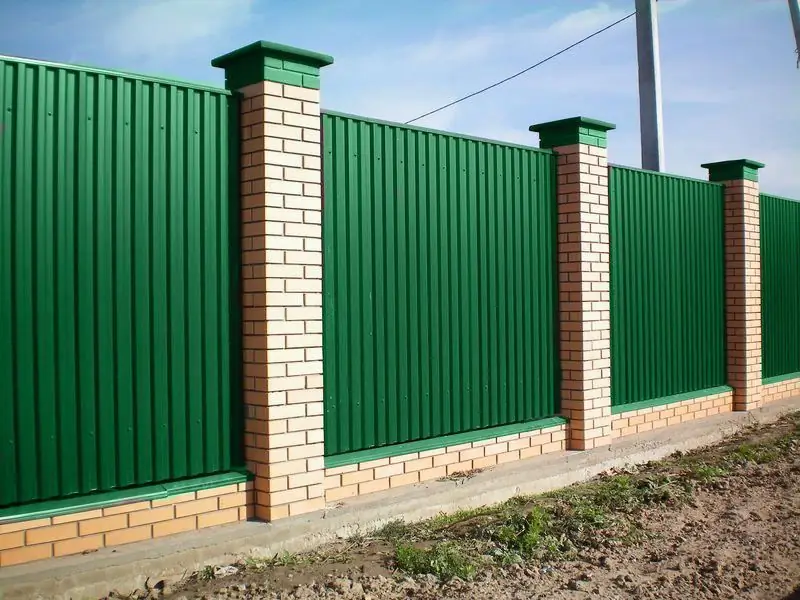
A fence made of corrugated board with your own hands on a personal plot. Step by step instructions on how to install a fence made of corrugated board with two types of pillars
Dishwasher Salt: Why Is It Needed, Which One To Choose And How To Use It, Is It Possible To Replace The Usual One, A Review Of Popular Brands, Reviews
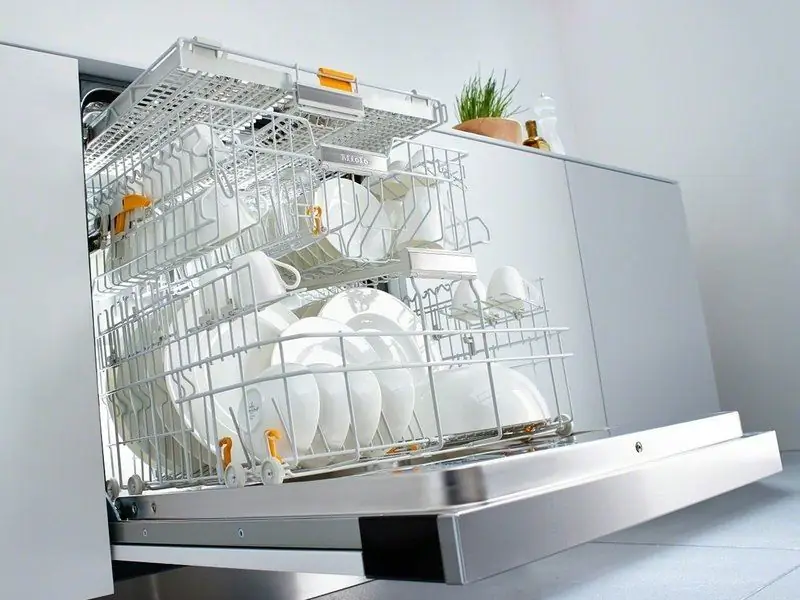
Dishwasher salt: pros and cons. Differences between common salt and salt for PMM. Means of various brands. How to use salt. Reviews
Which Is Better - Metal, Ondulin Or Corrugated Board, Main Characteristics, User Reviews
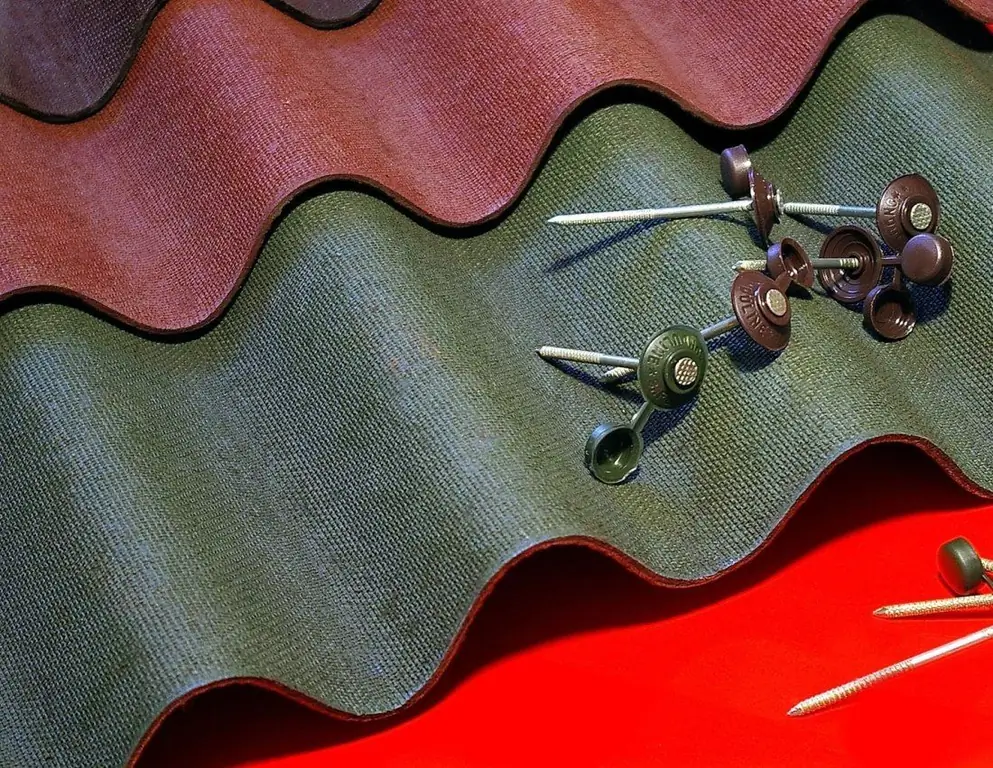
How to choose roofing material. Which is better: ondulin, metal or corrugated board. The pros and cons of each of these roofing materials
Composite Tiles, Advantages And Disadvantages, Review Of Popular Brands With Descriptions, Characteristics And Reviews, As Well As Installation Features
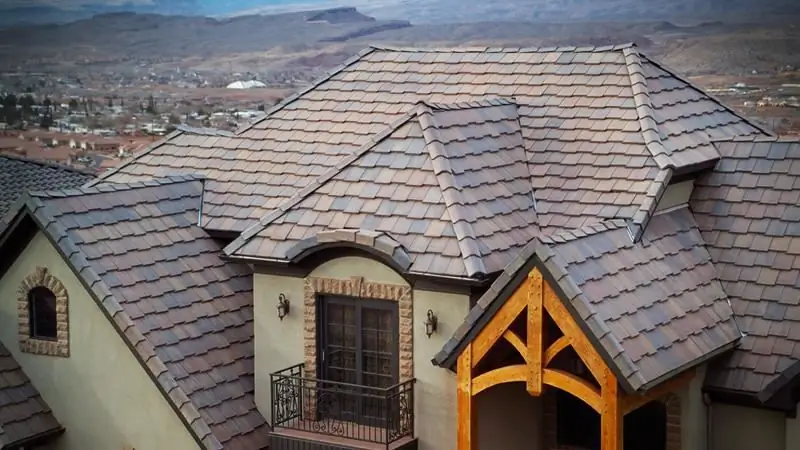
Composite shingles: history of use, characteristics, pros and cons. Features of installation. Review of popular brands. Reviews of builders and home owners
Roof Membrane, Its Types And Brands With Description, Characteristics And Reviews, As Well As Installation Features
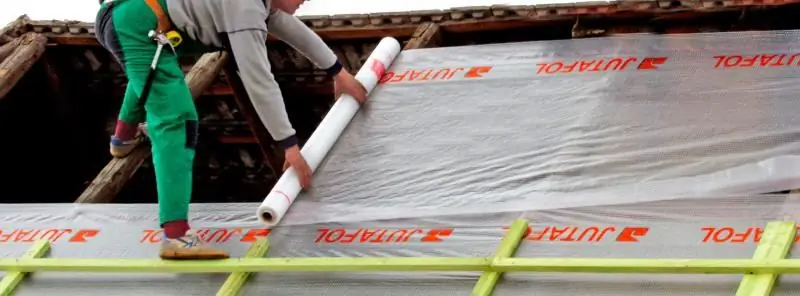
What is a roofing membrane. What types of membranes are used in the construction of various roofs. Membrane brands and features of their installation
